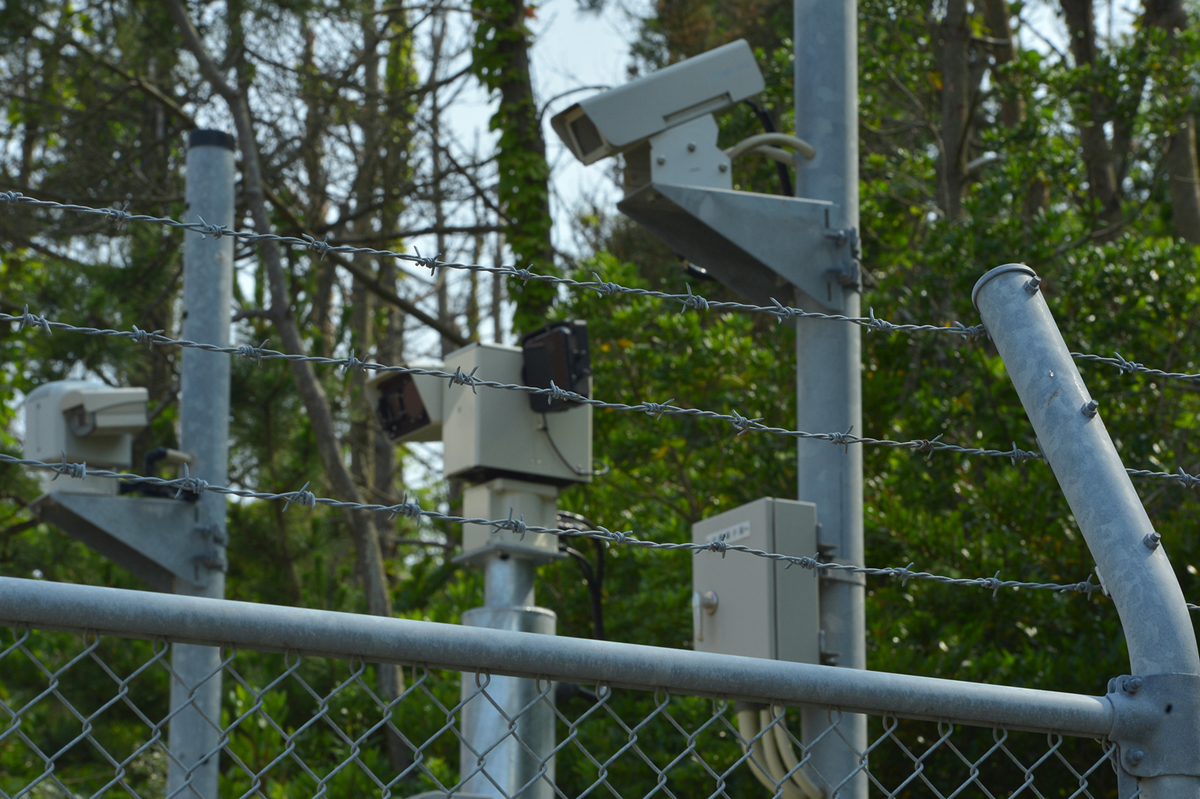Physical protection upgrade
Egypt’s INSSP includes a physical protection upgrade project that prioritizes the nuclear security systems, protecting the two research reactors against sabotage, theft or any other unlawful taking of nuclear material, and mitigating or minimizing the radiological consequences of such malicious acts. The first two implementation phases of the project were carried out from 2015 to 2020, while the last phase is ongoing.
“The complementarity of the different assistance tools included in the IAEA’s nuclear security programme is clearly evident in the case of the specific project implementation in Egypt,” said Elena Buglova, Director of the IAEA’s Division of Nuclear Security. “The starting point of the cooperation with Egypt was an IPPAS mission; however, the project implementation required the broad technical and financial support for the development of new regulations, technical capacity building and, of course, the upgrade of the physical protection systems in the research reactors complex.”
While the ETRR-1 is in long-term shutdown, the ETRR-2 complex serves as the national nuclear energy research facility. It is also used for educational purposes and, most importantly, to produce radioisotopes for medical, agricultural and industrial applications. With a maximum power of 22?megawatts, the ETRR-2 is located at the Nuclear Research Center of the Egyptian Atomic Energy Authority in Inshas, about 60 kilometres from Cairo. It is an open pool reactor designed to be used in a variety of fields, including neutron physics, materials science and boron capture therapy for cancer treatment.
Upgraded and integrated physical protection systems are in operation at the ETRR-2. “Modern and diverse nuclear security systems are now deployed in the facility, and the staff has the required expertise to operate them,” said Mahmoud Gad, Head of the Nuclear Security Department at the Egyptian Nuclear and Radiological Regulatory Authority. “The upgrade project is important for national nuclear security and has been beneficial to enhance physical protection systems at the ETRR-2 complex,” he added.
Egypt hosted a series of national training courses throughout the project implementation period, which were attended by more than 80 participants. These courses covered a range of technical areas related to nuclear security, such as the regulatory authorization of the reactors, the drafting of regulations, computer security inspections, and preventive and protective measures against insider threats.
“Despite challenges such as COVID-19, and thanks to all stakeholders’ efforts, we managed to successfully complete important milestones within the agreed timeframe,” Gad said. The project was financially supported through the IAEA’s Nuclear Security Fund.
Sustainability of the project’s outcomes – through robust design and implementation, regular threat assessment, proper knowledge management and effective maintenance – was a key element in building Egypt’s capacities in physical protection through the different project phases. “Sustainability is driving the IAEA’s nuclear security assistance projects implemented all over the world, ensuring that countries’ efforts in strengthening their nuclear security regimes will be sustained over time,” Buglova said.
The IAEA is working on similar projects with more countries that have identified the need for nuclear security technical upgrades in their research reactors.

